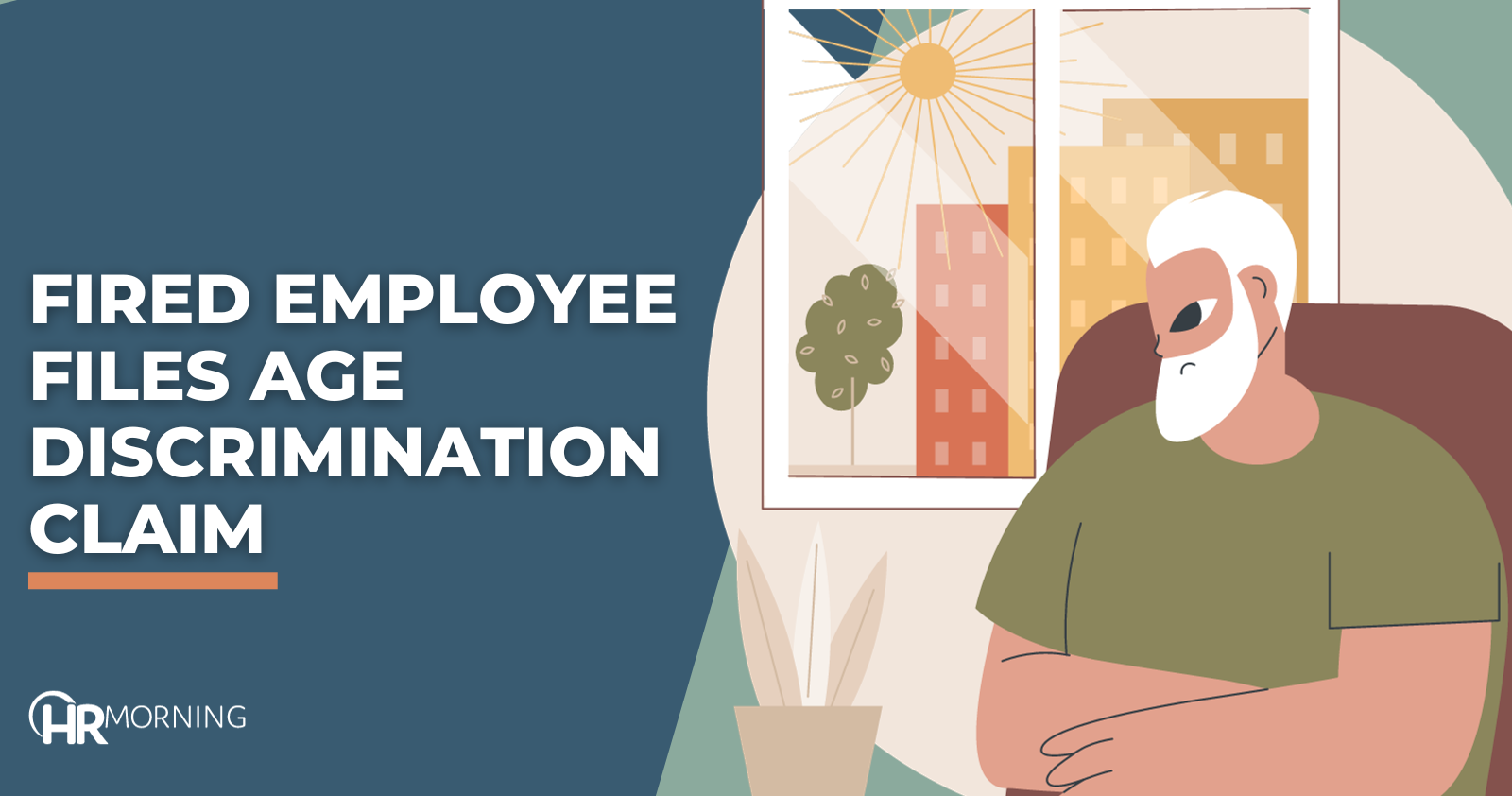A federal court in Ohio granted an asphalt company’s motion for summary judgment on an employee’s age discrimination claims. Here’s why the employer was able to nip this case in the bud.
From 2014 until 2021, Rick Bowersmith worked at Asphalt Materials. Hired at age 53, he was significantly older than many of his co-workers.
Supervisor said what?
According to Bowersmith, when he was hired, his immediate supervisor remarked that if it had been up to him, he wouldn’t have “hired someone so old.” Over the years, the supervisor allegedly called Bowersmith a “toothless old man” and made similar remarks related to his age.
Bowersmith didn’t always get along with his team. In Bowersmith’s view, his colleagues were “too messy” and “needed constant reminders” to clean up after themselves in shared workspaces.
On June 2, 2021, Bowersmith wrote “oink” on the office calendar and also traced “oink oink” in the grease that had built up on a co-worker’s locker.
The co-worker was not amused. He reported Bowersmith to the company’s ethics hotline.
HR investigation finds policy violation
Responding to the complaint, HR investigated the situation.
Though Bowersmith’s antics didn’t bother most of the team, the co-worker who complained said this incident was not the first time he felt harassed by Bowersmith. He claimed Bowersmith had previously called him a “fat ass” and had made fun of him based on the area where he lived.
HR then interviewed Bowersmith about the allegations. He denied the name-calling “but otherwise confirmed that much of what [the co-worker] said was true.” Bowersmith explained that he’d left notes on the lockers of many people to prompt them to clean up after themselves.
Based on the investigation, HR determined that Bowersmith had violated the company’s anti-harassment policy. Under the policy, the company could take a variety of disciplinary measures, including termination.
The HR investigator and her supervisor agreed that Bowersmith’s conduct violated the policy and warranted termination. The HR supervisor then communicated the results of the investigation to the company’s executive vice president and in-house counsel.
Bowersmith was terminated on June 7. The decision notes that it is unclear whether the final decisionmaker was the HR supervisor, the executive vice president, the in-house counsel or any combination of the three individuals.
Over the next year, the company hired three employees who were at least 10 years younger than Bowersmith.
Bowersmith sued, alleging wrongful termination in violation of the Age Discrimination in Employment Act (ADEA).
Did termination amount to age discrimination?
The ADEA prohibits employers from discriminating against employees on the basis of their age.
In the absence of direct age discrimination, Bowersmith had to first establish a prima facie case of age discrimination by showing:
- He was at least 40 years old at the time of the alleged discrimination
- He suffered an adverse employment action
- He was otherwise qualified for the position, and
- Circumstances supporting an inference of discrimination, such as being replaced by an individual outside of the protected class.
Ultimately, though, he’d have to show that his age was the “but-for” cause of the employer’s adverse action, the court clarified.
Here, the parties agreed that Bowersmith established a prima facie case.
As such, the court analyzed the claim under the familiar burden-shifting framework outlined in McDonnell Douglas Corp. v. Green.
The burden shifted to the company to state a nondiscriminatory business reason for its decision to fire Bowersmith.
The company met this burden, the court explained. The company asserted that it fired Bowersmith for violating its anti-harassment policy, which clearly stated that one of the consequences of policy violations could be termination.
The burden then shifted back to Bowersmith to show the company’s proffered reason was a pretext for age bias.
Among other things, Bowersmith said his immediate supervisor’s ageist comments about him could cause a reasonable jury to question the motivation behind his termination.
Remarks made by non-decisionmakers or made long before the “challenged action tend to add ‘color’ to the employer’s decision-making processes,” but they must be paired with other evidence to establish pretext, the court explained.
Here, the supervisor wasn’t involved in the decision to fire, the court pointed out. Nor was there any evidence to suggest that he had influenced the decision.
The supervisor’s comments were “offensive and unprofessional,” the court acknowledged, but they alone weren’t enough to show the company’s stated reason for termination was pretextual.
As a result, the company was entitled to summary judgment, the court held.
Bowersmith v. Asphalt Materials, Inc., No. 2:22-cv-02073, 2023 U.S. Dist. LEXIS 192382 (S.D. Ohio 10/26/23).



